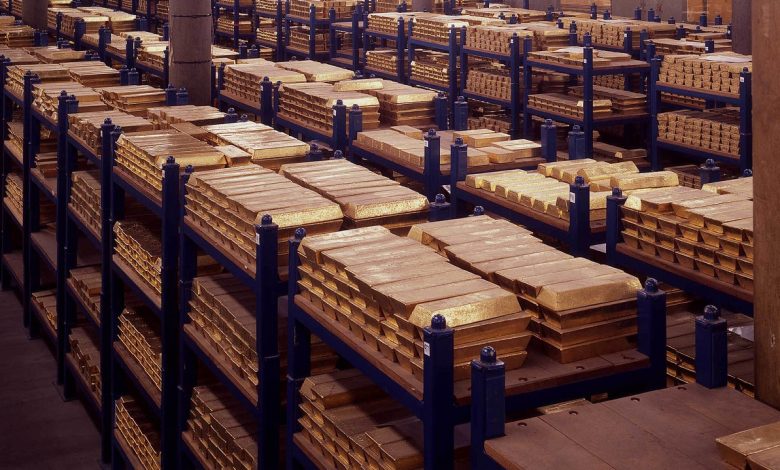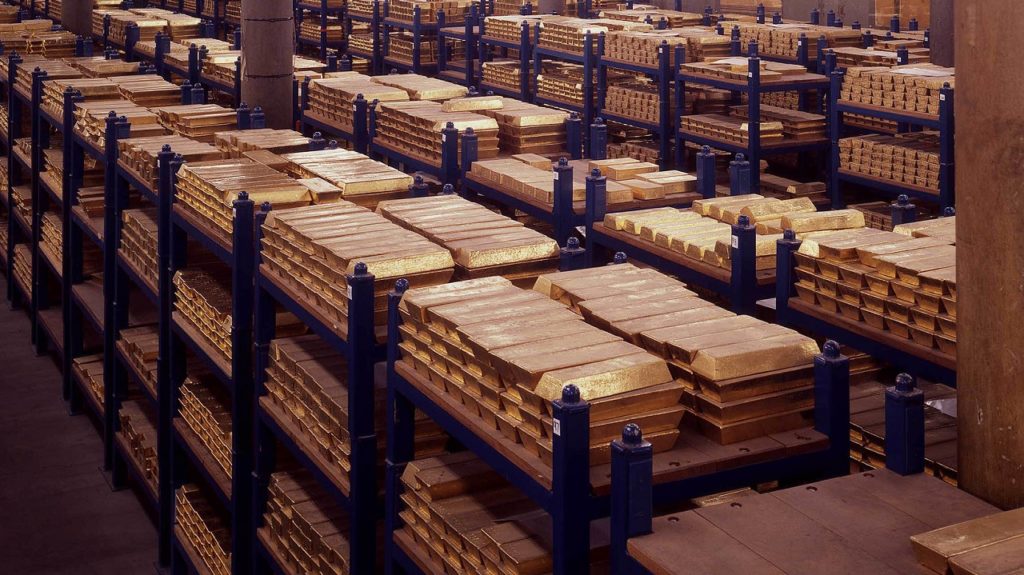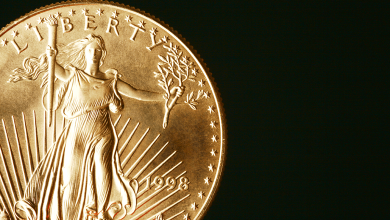Central Bank Gold Buying Continued in April

After increasing gold holdings by 84 tons in the first quarter of this year, central banks continued to be net gold buyers in April.
Globally, central banks added a net 19.4 tons of gold to their holdings in April.
Four banks made up the bulk of April gold-buying.
Uzbekistan was the biggest buyer, increasing its gold holdings by 8.7 tons. Gold reserves account for 60% of Uzbek’s total reserves.
Kazakhstan was also a big buyer in April, adding 5.3 tons of gold to its holdings.
Both countries reversed course after being sellers in the first quarter, likely taking advantage of rising gold prices.
Turkey continued its gold buying, purchasing another 5.6 tons during the month. Turkey added 37 tons of gold to its holdings in the first quarter of this year alone. The Turkish central bank now owns over 435 tons of gold, accounting for 28% of its reserve assets.
India increased its gold holdings by 0.9 tons in April. Since resuming buying in late 2017, the Reserve Bank of India has purchased over 200 tons of gold. In August 2020, there were reports that the RBI was considering significantly raising its gold reserves. Former RBI Deputy Governor R Gandhi noted that the central bank’s gold holdings have been inching up over the last five years.
In 1991, gold gave real support to the economy and it is an important element of the country’s reserves.”
France made a small 0.1-ton purchase.
Meanwhile, in an interview, the incoming governor of the Czech central bank said he believes the central bank should significantly increase its gold reserves “from 11 tons to 100 tons or more” as part of a proposed strategy to increase the expected return on official reserves and make the Czech National Bank (CNB) “profitable.”
Gross sales were limited to a small number of central banks. Germany decreased its holdings by 0.9 tons and was the most notable seller in the month. According to the World Gold Council, the sale was likely related to coin-minting. Mexico (-0.1 tons) and the Czech Republic (-0.1 tons) were other minor sellers in the month.
Looking ahead, the World Gold Council expects central banks to remain net purchasers of gold in 2022, saying “gold might attract further interest as a diversifier as central banks seek to reduce exposure to risk amid heightened uncertainty.”
But the WGC cautioned that slower economic growth and rising inflation may restrain central bank gold demand in the short term.
Central banks added 463 tons of gold to global reserves in 2021. That was 82% higher than 2020.
Last year was the 12th consecutive year of net purchases. Over that time, central banks have bought a net total of 5,692 tons of gold.
After record years in 2018 and 2019, central bank gold-buying slowed in 2020 with net purchases totaling about 273 tons. The lower rate of purchases in 2020 was expected given the strength of central bank buying both in 2018 and 2019. The economic chaos caused by the coronavirus pandemic has also impacted the market.
Central bank demand came in at 650.3 tons in 2019. That was the second-highest level of annual purchases for 50 years, just slightly below the 2018 net purchases of 656.2 tons. According to the WGC, 2018 marked the highest level of annual net central bank gold purchases since the suspension of dollar convertibility into gold in 1971, and the second-highest annual total on record.
Call 1-888-GOLD-160 and speak with a Precious Metals Specialist today!
Buka akaun dagangan patuh syariah anda di Weltrade.
Source link







